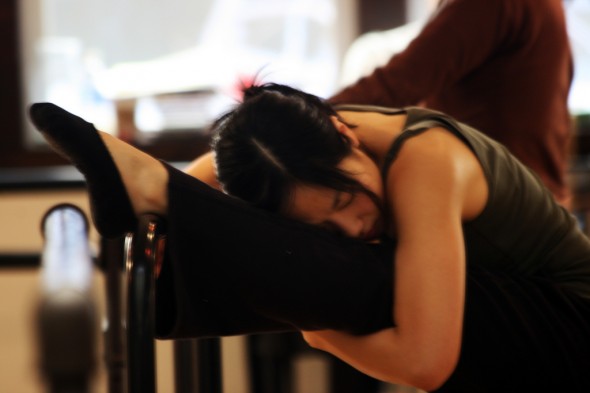Flexibility Fundamentals
A very common question posed by patients at Queen Street Chiropractic Centre involves flexibility, or rather the lack thereof, and how an individual should deal with such a problem. As with most fitness-related problems, the solution lies in a proper understanding of the issue at hand.
Fitness is a broad term, which encompasses a great deal of varied concepts. In general, fitness may be broken down into a set of different attributes. Attributes associated with fitness include; strength, flexibility, co-ordination, endurance, dexterity and a great deal more.
When embarking upon a fitness program it is relatively simple to set goals for most of the aforementioned attributes. Strength, for instance, can be measured by any increases in the amount of weight used or increases in repetitions. Endurance can be measured by the amount of kilometres an individual can log on a bike or while jogging.
Flexibility, perhaps more than any other aspect of fitness, tends to have misconceptions around how to measure and improve upon it. Most patients, when asked about their flexibility, seem to believe that people are born either “flexible” or “ not flexible” and that is that. The pervading belief appears to be that you are either a gymnast or a stone column.
This Is Not The Case!
Flexibility is an attribute that can be either increased or decreased depending on the amount of work an individual chooses to put into it. This is central to the importance of stretching, and the tragedy that of all aspects of a workout regimen it is stretching above all other areas that tends to be over-looked or discarded altogether.
The important point is not to get discouraged by not having perfect results. Most among us will never look like a body-builder, yet we continue to lift weights. Most among us will never run an Ironman, yet we continue to jog. Most among us will never be contortionists or gymnasts, and this is no excuse not to practice and improve our flexibility.
As with all aspects of health and fitness, I recommend channelling your Inner Athlete. What this means is that you have to set objectives and try your best to achieve and surpass those objectives. You might succeed, you might struggle at first, but in attempting to achieve your objectives you will improve your performance and flexibility. A quick search of the internet for “flexibility test” returns a wealth of such measures available to establish where you are in your flexibility, and can act as a gauge as to your improvement.
So how do you improve your flexibility? There are a variety of different methods to improve flexibility, and the key to success is to choose something that you enjoy. Personally, I have found yoga to be a powerful method of increasing my flexibility, which also keeps me interested. Pilates, stretching classes etc. are all great methods of improving flexibility that can keep you interested and thus engaged in your fitness.
Another effective means of stretching is referred to as Post Isometric Relaxation, or PIR for short. PIR works on the principle that using an agonistic muscular force will reflexively inhibit the antagonistic muscle by facilitating a response from the Golgi Tendon Organs situated at the muscle’s myotendinous junction.
Huh?
The basic idea is that firing a muscle for a short time will actually allow that muscle to relax more fully when the muscular force is released. It is actually quite easy to try as well, let us use the hamstring for example.
Lay on your back with your left leg flat and raise your right leg straight into the air. Flex your foot, and pull on the back of your thigh or calf depending on your flexibility level. Now, keeping your grip on the back of your thigh or calf, try to push your foot away from your body using roughly 10-15% of the maximum force you think your hamstrings can exert. Hold that fore for 3-5 seconds and then take a deep breath. On the exhale, pull your leg further toward your head. You will notice that your hamstring will release a little more and you will have greater range of motion, like magic! Repeat that sequence 2-3 times per hamstring for maximal effect.
Remember, devoting one day of your fitness regimen to the improvement of your flexibility will improve your overall performance in other aspects of your fitness. You will run higher, jump farther, lift more weight and resist injury.

 Did you like this article? Please consider
Did you like this article? Please consider  96 Queen Street
96 Queen Street
Leave a Reply